原文/Original:
本文为 EOS. WiKi 与白话区块链合作推出的 EOSfinex 测评文章。
6 月 27 日,Bitfinex 转发推文称,其基于 EOS 的 DEX——EOSfinex 已完成测试,并计划将于 7 月 25 日正式上线。

这意味着,经过一年多的开发后,又一家中心化交易平台巨头加入到了 DEX 的阵营。
01
为什么中心化交易平台巨头会转向 DEX?
据统计,目前 90% 以上的数字货币资产在中心化交易平台上完成交易,这些交易平台也为各种代币提供了充足的流动性,是市场不可或缺的存在。
然而,这些中心化交易平台存在显著的风险和缺陷, 每隔一段时间就会传出交易平台被盗的消息。从最早的 Mt.Gox(门头沟) 事件,到 2016 年的 Bitfinex 被盗币事件,再到今年 5 月币安被盗 7000 多个比特币,每一次的黑客盗币事件,都会给交易平台带来巨大的损失。
据慢雾科技统计,2012 年 9 月至今,交易平台被黑客攻击盗币的事件总共有 46 起,累计损失金额达 29 亿美元。

当我们把加密资产放在中心化交易平台时,我们不但要担心交易平台被黑客攻击,还要担心交易平台是否会监守自盗。此外,由于目前的数字货币市场缺乏有效的监管,中心化交易平台甚至还可能存在一定的暗箱操作及操纵市场的行为。
这种中心化的管理模式与区块链的去中心化特性有所背离,从长期来看,或许 DEX 才是未来。
02
DEX 的模式
在区块链世界里,私钥就是一切,谁掌握了私钥,谁就拥有了对应地址中的加密资产。
在 DEX 中,加密货币资产托管在由自己保管私钥的数字货币钱包里,因此安全性大大提高。只要不是人为失误或钱包安全漏洞,几乎不可能被黑客攻击盗币。
当需要交易时,不需要注册 DEX,也不需要单独去充值,直接通过钱包授权就可以接入 DEX,实现钱包和 DEX 的无缝衔接,非常方便。
交易双方的撮合交易通过链上的智能合约自动执行。当交易成功后,相应的数字资产会自动转入/转出你的数字货币钱包,所有的交易信息都会“永久”地记录在区块链上了,没有任何组织或个人可以进行篡改或删除。
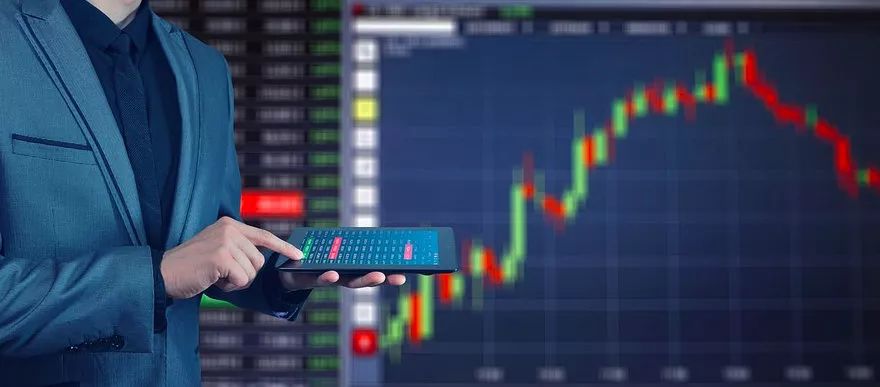
那么,这些 DEX 是如何盈利的呢?
其实和中心化交易平台一样,DEX 也主要依靠赚取交易的手续费盈利,但相比于中心化交易平台,DEX 的手续费更加低廉。
目前,市面上已经有不少 DEX 产品了,其中就包括头部交易平台币安前不久正式上线的 Binance DEX。赵长鹏曾多次在公开场合表示,“DEX 将是未来的一个趋势”,而何一也在最近的一次采访中透露,“目前币安 DEX 峰值日交易量等值 1600 万美金,交易量和用户量都在以非常快的速度增加”。
面对市场上这么多同类竞争产品,Bitfinex 推出的 EOSfinex 又有什么特别之处呢?
03
EOSfinex 的特别之处
作为全世界最大的数字资产交易平台之一,Bitfinex 为了继续推进市场领先服务的界限,在 2018 年 2 月正式宣布将基于高性能公链 EOS 开发一款 DEX 产品——EOSfinex,实现交易上链,为用户提供一个快速、透明和可靠的交易平台。
经过一年多的开发和测试,目前 EOSfinex 已经完成了所有的前期工作,计划将于 7 月 25 日正式上线。
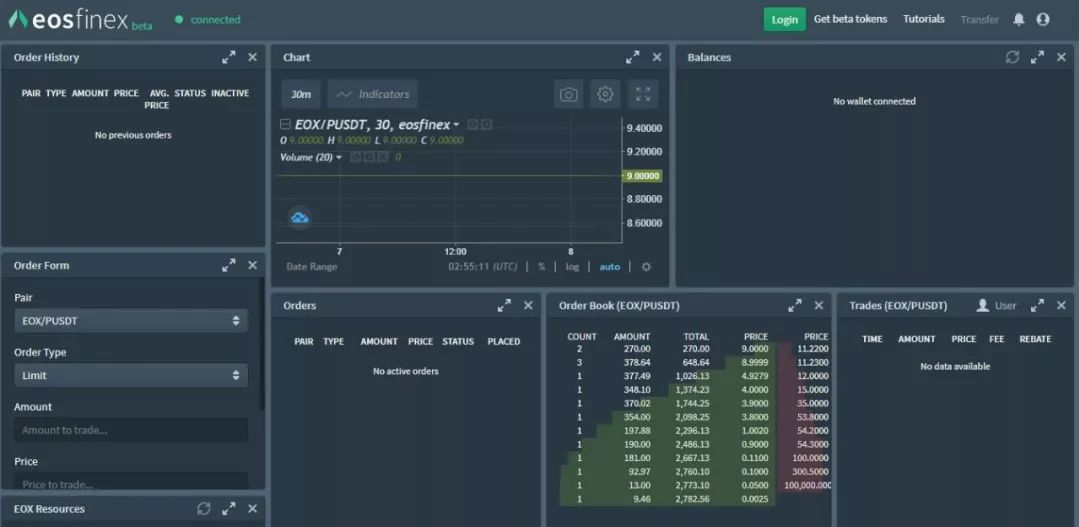
相比于市面上的其他 DEX,Bitfinex 推出的这款 EOSfinex 有哪些功能和优势呢?
1、EOSfinex 提供多种订单类型
EOSfinex 提供了一系列的订单类型,为用户提供实施成功交易策略所需的各种工具:

Market Order/市价单:是指以目前市场可获得的最优价格进行快速买进或卖出的订单。市价单会依市场价格迅速成交,一旦有符合的买卖订单,市价单会即刻执行。若你有优先执行订单的需求,通常会选择市价单。
Limit Order/限价订单:允许用户指定他们想要买入或卖出资产的价格,交易只会在市场价格达到(或更优于)所设定的成交价格时才会执行。因此,若你不急于买进或卖出,可以使用限价单。
Post-Only/仅限提交限价单:可确保限价单加至挂簿单且不会依照现有订单配对执行。假如你的订单与现有订单符合,该笔仅限提交限价单将会取消。此订单可确保你支付做市商手续费而不是受价者手续费,除非与隐藏订单配对,才会支付受价者手续费。
IOC/立刻成交否则取消单:要求需立刻执行所有或者部分订单数量,未执行的部分则会立刻取消。
Release On Trade:如果开启了这个功能,在收到资金之后,会转账到侧链的账号之中。
Sweep Collateral:如果开启了这个功能,当订单成交或者取消后,将交易平台账号的余额全部转到侧链账户中。
EOSfinex 交易平台提供的上述多种订单类型,用户可以根据自己不同的交易需求进行选择。
2、交易界面可个性化定制
EOSfinex 交易平台允许交易者根据自己的偏好,对交易界面进行个性化定制,例如可根据自己的需求,更改页面主题、字体和时区等。如果要进一步自定义 EOSfinex 的 UI 界面,还可以对交易界面的 8 个单独 UI 组件进行重新的排列:Chart、Balances、Orders、Order Book、Order Form、Order History、Trade History 和 EOX Resources。
EOSfinex UI 是围绕着拖放系统构建,上述的这 8 个组件都可以以你想要的任何方式重新定位,调整大小甚至删除,只需单击每个组件的标题并将其拖动到相应的位置即可。
3、全部上链,保证透明和安全
EOSfinex 是基于公链 EOS 构建的完全在链上运行和可扩展的交易平台,所有核心交易组件包括订单簿、匹配引擎和托管解决方案都在链上。也就是说,从用户挂单、订单撮合到资产结算,整个交易过程都在链上运作,既确保了资产交易的透明性,又保障了资产的安全性。
4、侧链运行
EOSfinex 将会运行在 EOS 的一条侧链上,以确保更高的 TPS,给用户更好的交易体验。
5、更加低廉的交易费用
EOSfinex 和其他交易平台类似,采用挂单(Maker)和吃单(Taker)机制,分别收取不同的手续费。一般来说,挂单(Maker)低于吃单(Taker)的费用,因为挂单(Maker)提供了流通性,而吃单(Taker)则消耗了深度列表中的挂单(Maker),降低了流通性。
EOSfinex 的挂单(Maker)费率为 0,吃单(Taker)费率为 0.2%,而且挂单还会因为提供了流动性而享受 0.05% 的返还。
6、依托 Bitfinex,保障交易深度
目前市面上的 DEX,最大的缺陷是交易深度不足,用户体验差。要解决这个问题,就必须吸引足够的用户参与使用 DEX,只有用的人多了,才会有足够的交易深度。
Bitfinex 成立于 2012 年 12 月,是世界顶级的老牌交易平台之一,积累了非常庞大的用户群体,等 EOSfinex 正式上线后,Bitfinex 必定会为之导流。因为 Bitfinex 交易平台的背书,相信会有越来越多的人去参与使用 EOSfinex。
04
总结
比起中心化交易平台,DEX 更加契合区块链的去中心化精神。随着区块链技术的发展,行业教育的深入,越来越多的人将会熟练地掌握私钥管理能力,越来越多的人将会体验到”自己资产自己管理、谁也拿不走“的快感,在交易时选择 DEX。
将在 7 月 25 日正式上线的 EOSfinex,能否成为 DEX 大趋势下的领头羊,让我们一起期待时间给我们答案。
译文/Translated:
This is an experience and evaluation article written jointly by EOS.Wiki and HelloBTC.com
On June 27th, Bitfinex forwarded a tweet announcing that its DEX based on EOS-EOSfinex- had completed tests and would be launched on July 25th.
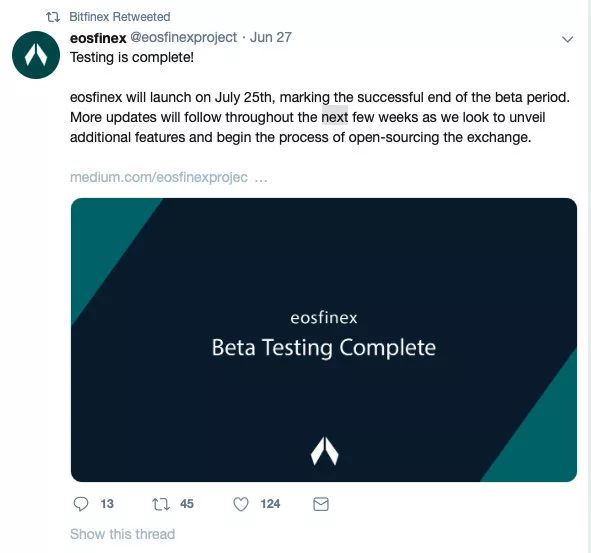
This means, after over a year in developing, another major centralized trading platform joins DEX.
01
Why would major centralized trading platform turn to DEX?
According to statistics, over 90% of the current digital currency assets are traded on centralized trading platforms, which are essential for the market since they provide enough liquidities for different tokens.
However, there are notable risks and defects in these platforms—every once in a while, reports would go around that certain platform is attacked. From the earliest Mt.Gox Incident to the 2016 Bitfinex Hack, and to the losses of more than 7000 Bitcoin of Binance in May this year, every hack causes huge losses to the exchange.
According to statistics from SlowMist, from September 2012 to now, the number of attacks to exchanges has amounted to 46, with the total losses of 2.9 billion dollars.
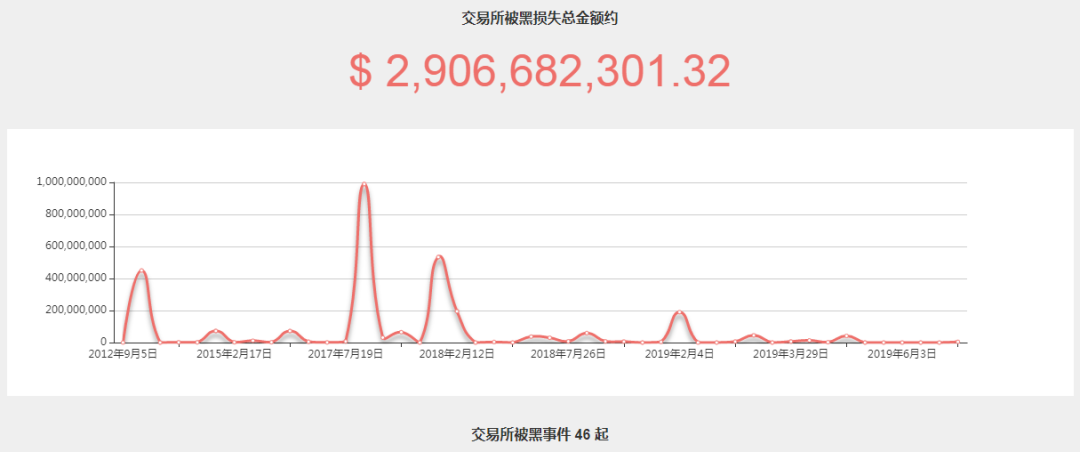
When we put our cryptoassets in centralized trading platform, we have to not only concern about attacks from hackers to the platform, but also worry about embezzlement within the platform. Worse, since the current digital currency market lacks effective supervision, centralized trading platforms run the risk of black-box operation or market manipulation.
Such centralized management goes against the decentralized nature of blockchain, so in the long run, DEX might possibly be the future.
02
The DEX Pattern
In the world of blockchain, the private key is everything. He who owns the private key owns the cryptoassets in the corresponding address.
In DEX, cryptoassets are managed in digital currency wallets kept by users themselves, thus greatly improving security. Except in the case of human errors or security loopholes in the wallet, it is virtually impossible for hackers to attack and steal.
hen a transaction is needed, users don’t have to register for or recharge in a DEX. Instead, they can simply get into DEX with authorization from the wallet. It is very convenient for the seamless transition from wallet to the DEX.
Matched trades between both parties will be operated automatically by the Smart Contracts on chain. Once the trade is completed, the corresponding digital assets will be transferred to/ from your digital wallet automatically. Since all the trading information is “permanently” recorded on blockchain, no organization or individual can modify or delete it.
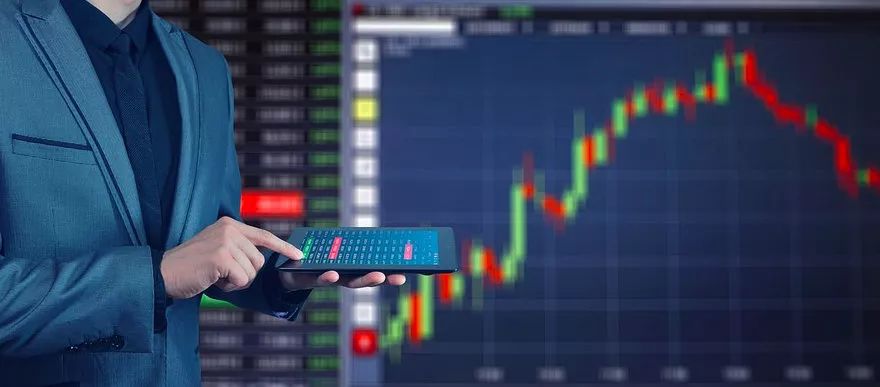
So, how do these DEX make profits?
In fact, like centralized trading platform, DEX makes profit from transaction fees, but compared with those of the centralized platform, fees in DEX are lower.
There have already been several DEX products on the market so far, including Binance DEX, recently launched by margin trading platform Binance. “DEX will be the trend,” Changpeng Zhao repeatedly reaffirms in public. And in a recent interview, Yi He says, “in peak days, trading in Binance DEX can amount to 16 million dollars a day, the trading amount and users are increasing in a very rapid way.”
Faced with some many competitors, what are the specialties of EOSfinex by Bitfinex?
03
Features of EOSfinex
As one of the largest digital asset trading platform, Bitfinex announced in February 2018 a DEX product-EOSfinex-based on the highly-performant public chain EOS. Designed to push the boundaries of a leading service in the market, this product will run trades on chain and offer users a trading platform with high-speed, transparency, and reliability.
After over a year’s developing and testing, EOSfinex has finished all its preparations and planned to be launched on July 25th.
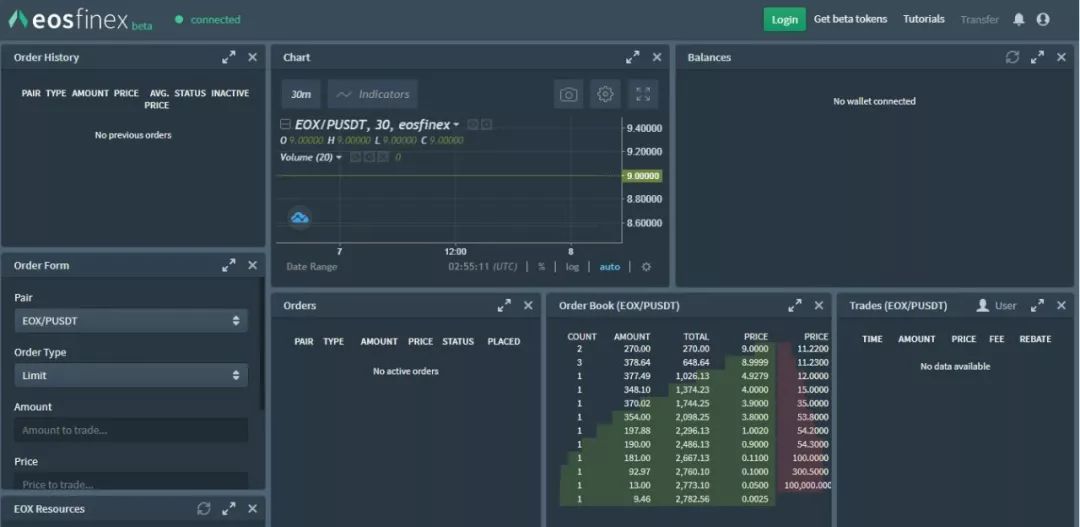
Compared with other DEX, What features and advantages do EOSfinex by Bitfinex have?
1. EOSfinex offers different types of orders.
EOSfinex offers a series of order types to provide users the tools they need to successfully apply their trading strategies.

Market order: orders buy or sell quickly at the best available market price now. Market Order will be made immediately according to market prices. Once there is an order that matches, market order will be made immediately. If you need to prioritize an order, you should choose the market order.
Limit Order: Limit Order allows the uses to specify the best price at which they would like to sell or buy an asset. The deal will only be executed when the market price reaches (or exceeds) the limit price. So if you are not in a worry to buy or to sell, you can use the limit order.
Post-Only: Post-only will ensure the limit order will be added to the order book and not match with a pre-existing order. If your order matches the current order, this post-only will be cancelled. This order will ensure you pay to the market maker rather than the price taker.
IOC: An IOC order requires that the whole order or part of the order be executed immediately, and that any unfilled sized be canceled immediately.
Release On Trade: Ticking “Release On Trade” transfers any new funds received to a sidechain account.
Sweep Collateral: Ticking “Sweep Collateral” will transfer your entire balance out of the exchange account to a sidechain account upon order completion or cancellation.
In short, EOSfinex trading platform provides all these kinds to orders, and users can select a suitable one according to their own needs.
2. Customized UI
EOSfinex allows users to customize the UI according to their preferences. Users, for example, can change the themes, fonts, and time zones. If a user wants to further redefine UI, s/he can also rearrange the eight separate UI components: Chart, Balances, Orders, Order Book, Order Form, Order History, Trade History, and EOX Resources. EOSfinex UI is designed based on the “Drag and Drop” philosophy, in which all the eight components can be relocated, resized, and even removed as you will, and all you need to do is click on the title of each of the component and drag it to the relevant position.
3. Everything on chain to ensure transparency and safety.
EOSfinex is a trading platform based on public chain EOS. It is totally operated on chain and scalable. All the key trading components, including order book, match engine, and hosted solution, are on chains. That means, from resting orders to matching orders, and to settling orders, the whole process is run on chain, which ensures the transparency in the exchange and security of the assets.
4. run on sidechain
EOSfinex will be run on an EOS sidechain to ensure higher TPS so that it can give users better experience.
5. Lower trading fees
Similar to other trading platforms, EOSfinex applies the mechanism of Maker and Taker and charges them separately. In general, the fees of Makers are lower than those of Takers, because Makers provide liquidity, while Takers reduce liquidity by consuming the Makers in the depth list.
The maker fee in EOSfinex is 0 while the taker fee is 0.2%. Additionally, makers earn a 0.05% rebate for providing liquidity.
6. Depending on Bitfinex to ensure the depth in trade
The worst problem in the current DEX lies in the inadequate depth in trade, so that user experiences are poor. To solve this problem, we have to attract enough users to participate in DEX. Depth in trade can only be achieved when there are enough users.
Founded in December 2012, Bitfinex is the world’s leading exchange. With a huge user basis, Bitfinex will surely give a hand when EOSfinex is launched officially. With the endorsement of Bitfinex, more and more people will participate in EOSfinex.
04
conclusion
Compared with centralized trading platforms, DEX is more aligned with the decentralized spirit of blockchains. As the technology ever develops and the training in the industry deepens, more and more people will master the ability to control their private keys skillfully, and more and more people will feel the excitement of “managing all the assets by ourselves without worrying about being taken away” so that they can choose DEX for trade.
EOSfinex will be launched on July 25th. Can it be the leader in the trend of DEX? Let’s wait and see.